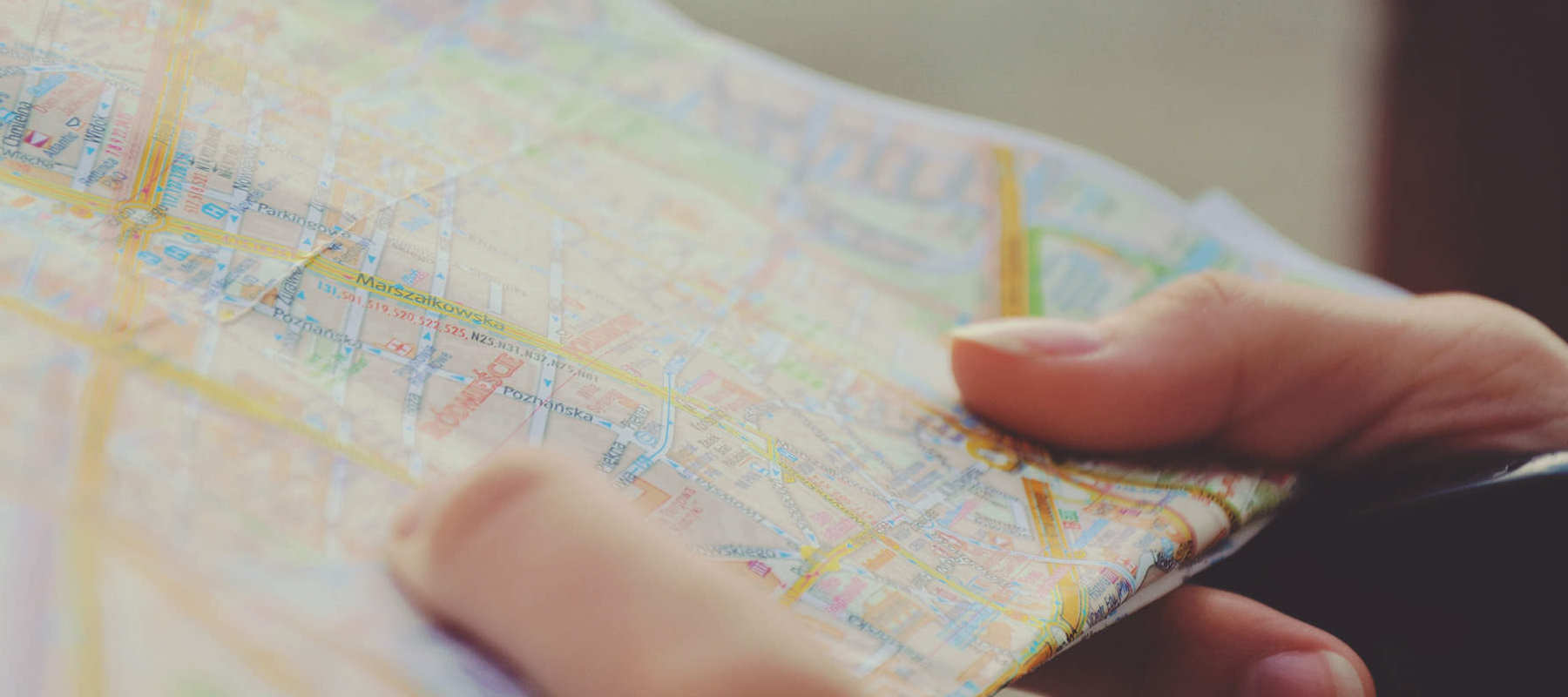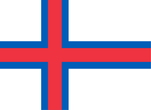
Call 0330 880 3600 Calls may be monitored or recorded. Opening Times.
- TRAVEL INSURANCE
- COVID-19 ENHANCED COVER
- More Options
- Help & Advice
- Existing Customers

Call 0330 880 3600 Calls may be monitored or recorded. Opening Times.

Need help?
UK Customer Services0330 880 3600*
Open Monday to Friday 9:00am to 6pm, Saturday 8:30am to 4pm and closed Sundays.
*Calls are recorded for training and quality purposes.
Other Guides

Official name: Faroe Islands (self-governing territory of the Kingdom of Denmark)
Capital city: Tórshavn
Official language: Faroese, Danish
Population: Around 54,000
Currency: Faroese króna (DKK, Danish krone is legal tender)
Time zone: GMT+0
Driving side: Right
Climate: Maritime subpolar climate with cool summers, mild winters, and frequent rain, fog, and strong winds
The Faroe Islands are a North Atlantic archipelago between Iceland and Norway, known for dramatic cliffs, grass-roofed houses, and a strong fishing tradition. A self-governing territory under the Kingdom of Denmark, the Faroes have their own language, culture, and parliament. The capital, Tórshavn, is one of the smallest in the world, yet offers lively restaurants, historic wooden churches, and colourful harbour scenes. Beyond the city, the islands are a haven for birdwatchers, hikers, and those seeking rugged natural beauty.
The Faroes consist of 18 volcanic islands connected by tunnels, bridges, and ferries, offering easy access across most of the archipelago. The landscape is dominated by steep cliffs, sea stacks, and fjords, with little tree cover. The highest peak is Slættaratindur at 880 metres. Weather is famously unpredictable, with sunshine, rain, and fog often occurring within the same day.
Vágar Airport is the main gateway, with regular flights to Denmark, Iceland, and other European hubs. Ferries also connect the Faroes to Iceland and Denmark. Within the islands, buses and ferries provide public transport, though hiring a car is the best way to explore remote villages and landscapes. Driving is straightforward, but conditions can be challenging due to narrow, winding roads and sudden changes in weather. Hiking is one of the best ways to experience the Faroes, but visitors should be prepared for rough terrain and respect local guidelines.
As part of the Kingdom of Denmark, the Faroe Islands are not in the EU or Schengen Area, but the same entry rules as Denmark generally apply. UK nationals and many others can visit visa-free for up to 90 days in a 180-day period. Longer stays for work or study require appropriate permits. Consular assistance for UK travellers is provided through the British Embassy in Copenhagen.
The Faroese króna (which is pegged to the Danish krone) is the local currency, but Danish banknotes and coins are also legal tender. Credit and debit cards are widely accepted, though smaller shops may prefer cash. ATMs are available in larger towns. The cost of living is relatively high, reflecting the islands’ reliance on imports.
The Faroes have modern healthcare facilities, though the system is smaller in scale compared with mainland Denmark. Emergency care is available, and English is commonly spoken among medical staff. Visitors from the EU can use their EHIC/GHIC cards for necessary treatment, but travel insurance is strongly recommended, especially to cover medical evacuation in serious cases. Pharmacies are available in towns, and tap water is safe to drink everywhere.